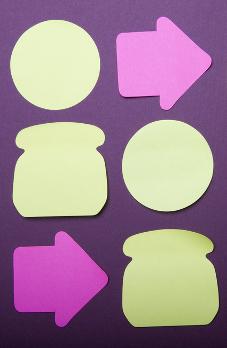Reflexive Interactive Design (RIO)
Use for
Designing new socio-technical systems involving a system innovation and identifying issues calling for research and development.
Principles
The method is based on scientific ideas about transitions and system innovations.
What do you do?
There are four steps in this method (see also the diagram below):
- system and actor analysis
- structured design
- anticipating change
- external effects

The approach is used as a guide rather than as a blueprint and is still being developed. It draws on various other methods, such as Methodic Design, Interactive Technology Assessment and Strategic Niche Management.
The RIO method was developed by the Dutch University of Wageningen's Animal Sciences Group. It has been used earlier in the poultry, dairy farming and pig farming industries.
Prerequisites
<no information>
More information
- Bos, A.P. (2010). Reflexief interactief ontwerpen (RIO) Reflexive interactive design (RIO). Wageningen UR: Wageningen.
- Groot Koerkamp, P. W.G, and A.P. Bos (2008). Designing complex and sustainable agricultural production systems; an integrated and reflexive approach for the case of table egg production in the Netherlands. NJAS - Wageningen journal of life sciences 55 (2), pp.113-138.
- Grin,J., F. Felix, B. Bos en S. Spoelstra (2004). Practices for reflexive design: lessons from a Dutch programme on sustainable agriculture. Int. J. Foresight and Innovation Policy 1 (1-2), pp. 126-149.
Used by
Bram Bos, Wageningen UR
